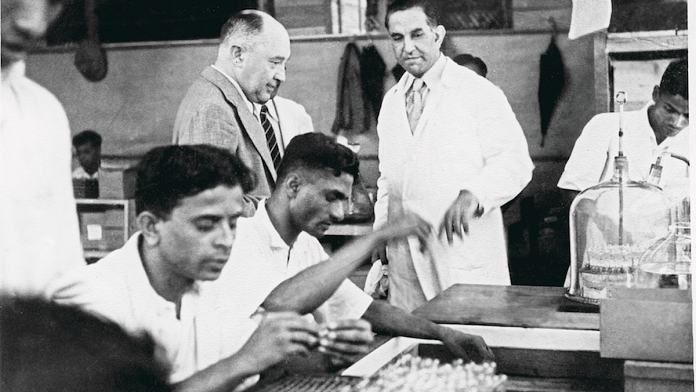Even as a young man, Khwaja Abdul Hamied knew exactly what he wanted from life.
In 1923, when he was 25, he suddenly decided to quit a promising job as reader in chemistry at Jamia Millia Islamia in Aligarh. Instead, he determined to go abroad for further studies. He didn’t have the money, nor for that matter a passport, but go abroad he would, one way or another.
Two years later, as a student in Berlin, he met Luba Derczanska briefly while on a cruise boat, and fell in love in ‘a flash’. By the time he left for India, he was sure that he wanted Luba as his life’s companion. Never mind that she was a Jewish student from Lithuania and he a Muslim from India facing an uncertain future and, as he later confessed, no way of knowing ‘when and how I would be able to come back to Germany to marry [her]’.
It was on the long, lonely voyage back to India in 1927, separated from his beloved Luba and with plenty of time to think, that Hamied penned his plans for the future. In the circumstances, the most obvious option would have been to take up a university teaching job, for which his PhD degree, his extensive library of scientific books and his teaching experience made him eminently qualified. But Hamied wanted more than that.
Hamied was a chemist. He was returning from a country which, since the 1870s, had used the discoveries of chemistry to revolutionize its economy. At the outbreak of World War I, Germany was the undisputed world leader in the production and export of dyes, pharmaceuticals, explosives and other synthetic chemical products. Britain was so heavily dependent on German products that even after war broke out it was forced to import khaki dye for its army uniforms. Drugs, including basic ones like aspirin, had to be procured secretly from the enemy via neutral countries. And, as Britain and her allies learned to their cost during the bloody conflict, the synthesizing of nitric acid (a key ingredient in the manufacture of explosives) by German chemists allowed Germany to defy its enemies despite the economic blockade of natural nitrates from Chile.
World War I had clearly demonstrated that outcomes depend not only on military strength but also on the unseen work of scientists in laboratories.
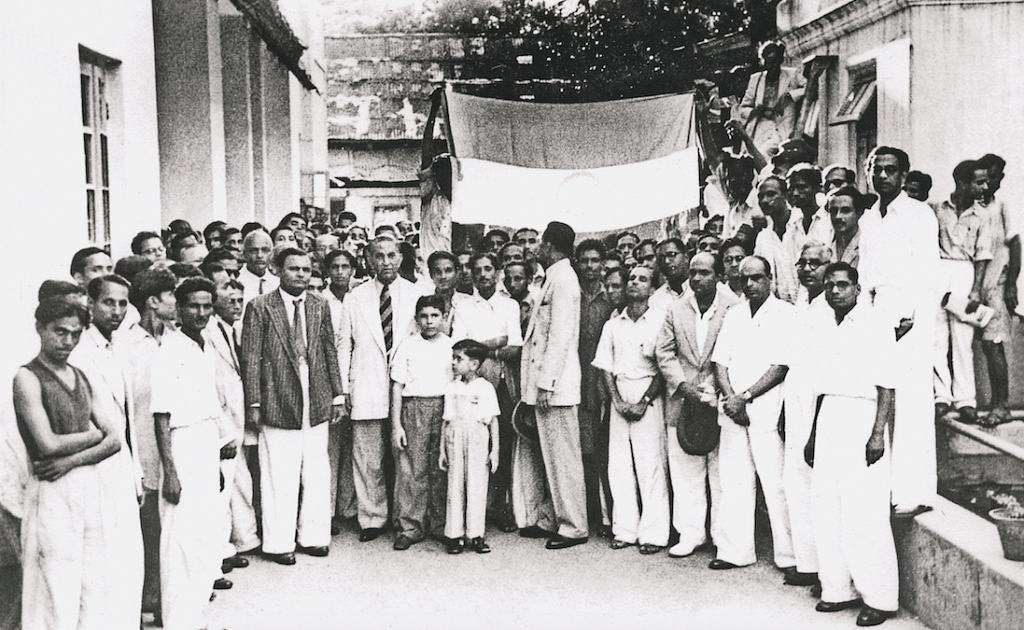
Also read: Not Oxford lab, not US company, Covid solution will come from India, China pharma industry
Once hostilities ended, governments in Britain, America and Europe worked hand in hand with educational institutions and industrialists on programmes to finance research and raise capital for chemical industries. India, Hamied believed, was in danger of sinking. Thanks to the policies of the colonial government, the country had reaped hardly any of the advantages of modern science. Economic nationalism and the commitment of a few brilliant individual scientists and entrepreneurs such as Prafulla Chandra Ray had, it was true, resulted in the establishment of a small chemical and pharmaceutical industry at the beginning of the 20th century. The British government had supported this indigenous effort during the war, providing incentives for the production of chemicals such as potash nitrate and sulphuric acid, as well as the products derived from it, all vital for the British war effort. This support ended along with the war. Instead of promoting the development of India’s chemical industry, Britain sent across vast quantities of British-made chemical products, of which there was a huge oversupply, to India.
Only a handful of universities in India offered postgraduate degrees in chemistry at the time, and even fewer had research labs. Barring notable institutions such as the Indian Institute of Science, Bangalore (1909), and the University College of Science, Technology and Agriculture in Calcutta (1914), both established by committed and philanthropic Indians in the face of official scepticism, the level of teaching was poor. Most colleges were starved of funds and lacked adequate laboratory facilities. The academic instruction that was provided had little bearing on actual manufacturing. Hamied wrote: ‘The young [Indian] graduate not very seldom over-estimates his scientific knowledge when he first enters a factory. He finds there, on closer examination, a number of processes which only slightly follow the theoretical knowledge he possesses.’ And without research centres for carrying out experimental work, Indian chemists could not be of any help to the industrial development of the country.
Hamied was closely associated with Mahatma Gandhi, whose Non- Cooperation movement against the British government made clear that there was no point in sitting back and blaming the authorities, waiting for them to promote change. ‘It is child-like foolishness to pass resolutions of Independence and boycott of British goods, when the bulk of the population is plunged in deep ignorance of the causes which lead to the building of a nation. … It is not Britain alone which is ruling over us, but the intellectual and industrial superiority of the West.’ If progress in science-based industry was to be made, individual Indians would have to shake off their apathy and take the initiative into their own hands.
Hamied had found his purpose. He would use the scientific knowledge and experience he had gained for the material uplift of his country. He would contribute to the national endeavour towards self-reliance and self-sufficiency not only by making the latest drugs available, but also by establishing a laboratory for the research and manufacture of drugs and chemicals. It would ‘explore the vast reserves of raw materials hidden in our land’, do original experimental work, master the processes of manufacture, and undertake the production of pharmaceutical products on a commercial scale. It was a bold resolve for a young man, whose business experience was confined to briefly running a small chemist and druggist shop in Aligarh3, who had no money, and whose ‘only wealth was the knowledge of chemical technology and the richness of [his] ideas’ as he sailed towards a country whose political and economic future was shrouded in uncertainty.
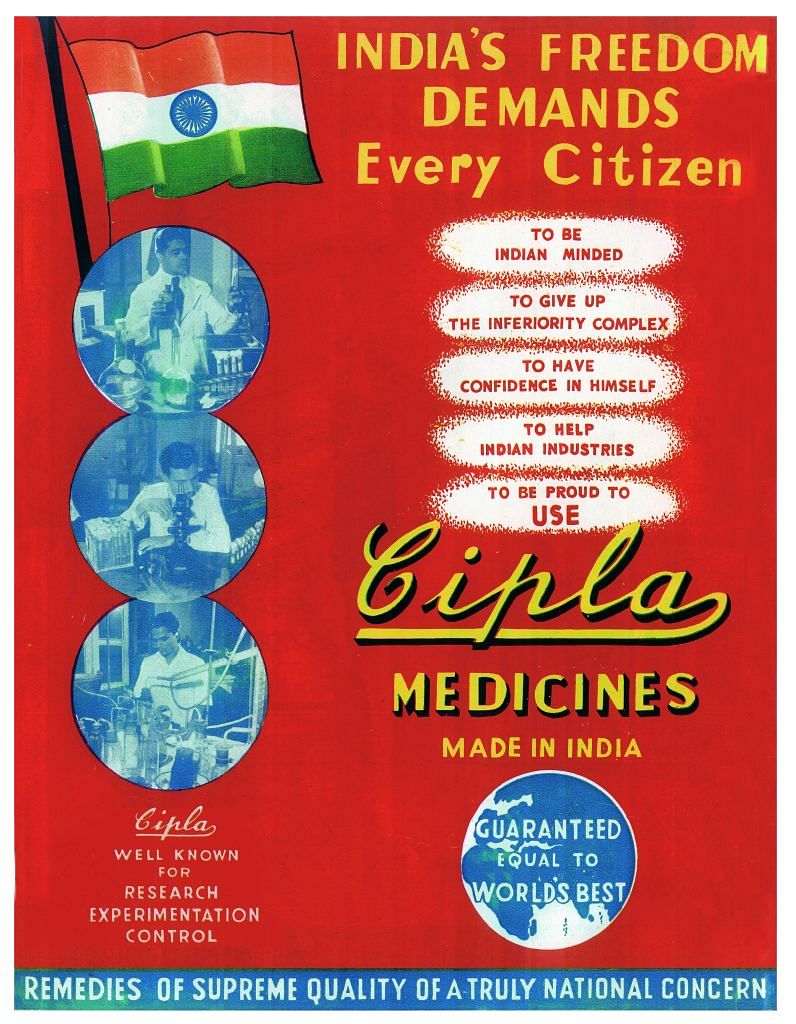
Also read: Govt to fly raw material from coronavirus-hit China for Cipla as shortage fears continue
Birth of Cipla
The route to his longed-for pharmaceutical research laboratory took Hamied on many unlikely detours. Tonics, typewriters and sewing machines slowed down his progress and made it more difficult, but never once did it occur to him to abandon the journey. There was still a long way to go, but now the going, though slow, was much smoother.
In December 1930, the office of Seidel & Naumann (India) was set up on Bruce Street in Bombay, and an accountant and other staff were appointed. The Okasa agency, which had been incurring losses, was terminated at Griffiths’s own request. Hamied and Luba rented a small office from where, they decided, they would run the company themselves. This proved to be a very good decision.
Hamied had grasped at the very start that though the sex rejuvenation tonic had great sales potential, it would require widespread and effective marketing to make headway in India. Neither Khandwani nor Griffiths was able to successfully implement the branding strategy which he had worked out. Now Okasa was presented as a modern, scientifically formulated tonic, superior to its unani and ayurvedic counterparts. Advertising visuals showed scientific-looking diagrams, and the copy spoke of ‘glands’ and ‘hormones’. An arrangement was made with Keymer & Co for an extensive advertising campaign, on condition that payment would be made as and when possible. The strategy worked. Sales of Okasa grew by the day. In 1932, the Okasa agency was converted into a private limited company, with new offices on Rampart Row. The company obtained distribution rights for the East and, by 1934, an agency was established in Singapore and, in the following year, in Bangkok.
The Seidel & Naumann agencies were also generating profits, and Hamied had the pleasure of fulfilling Luba’s longing for a seaside home. In May 1933 he rented an airy flat on the ground floor of Jassim House in Bombay’s Cuffe Parade. It was here that their first child, a daughter named Sophie, was born on 19 April 1934, welcomed by Hamied’s parents and four sisters. ‘How all could be accommodated in this flat of two bedrooms is a wonder to me,’ he wrote.
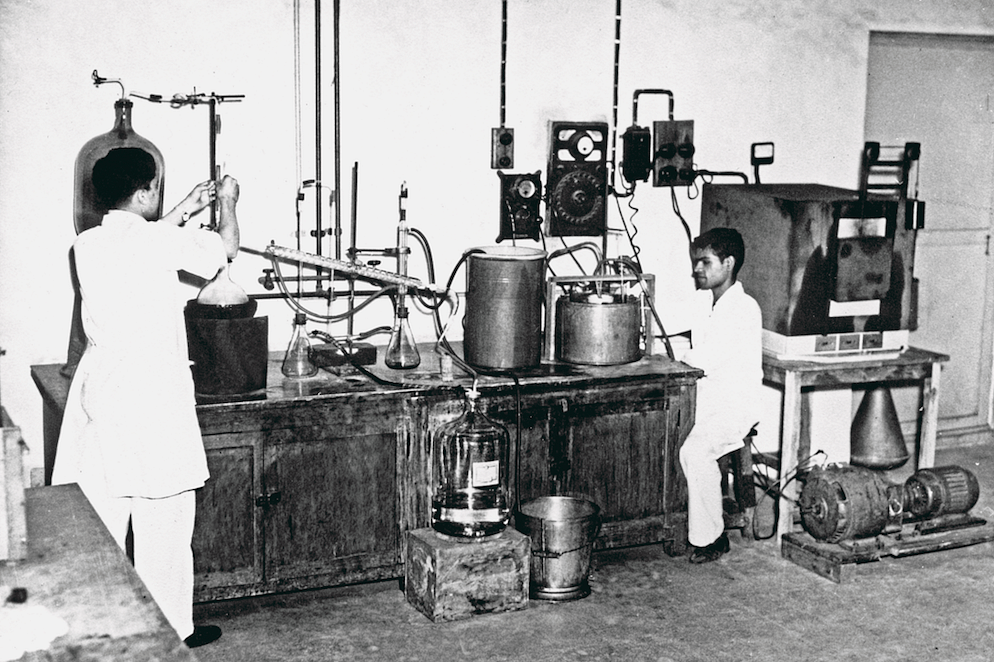
He also had enough money to think seriously about his laboratory. After some introspection he called it The Chemical, Industrial & Pharmaceutical Laboratories, easily shortened to ‘Cipla’. He appointed his old friend Mutthana, an advocate, and EA Dastur, both from the well-known solicitors’ firm Payne & Company, to draw up the articles of association. But then there was a hitch—no one he approached in Bombay was willing to join as director. Put off by the ‘unco-operative and distrustful attitude’, Hamied looked outside Bombay and eventually four people agreed to serve as directors—his brother KA Hai from Aligarh, SM Yakub and Raghukarson from Calcutta, and Dhanraj Wason from Bilaspur. The latter three were affluent railway contractors known to Hamied’s brother Ishaq, who worked for the Bengal Nagpur Railway.
Finally, after six years of hard work, coupled with Hamied’s ‘knowledge and the principles of love, truth and non-violence’, but above all, his ‘unshakeable faith in God’s help’, The Chemical, Industrial & Pharmaceutical Laboratories, Limited was registered as a public limited company on 17 August 1935, with an authorized capital of Rs 600,000.
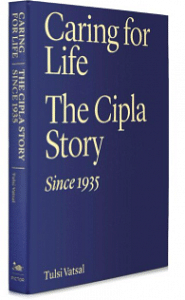 This excerpt from ‘Caring For Life: The Cipla Story Since 1935‘ by Tulsi Vatsal has been published with permission from Cipla, The Shoestring Publisher and Pictor Publishing.
This excerpt from ‘Caring For Life: The Cipla Story Since 1935‘ by Tulsi Vatsal has been published with permission from Cipla, The Shoestring Publisher and Pictor Publishing.


